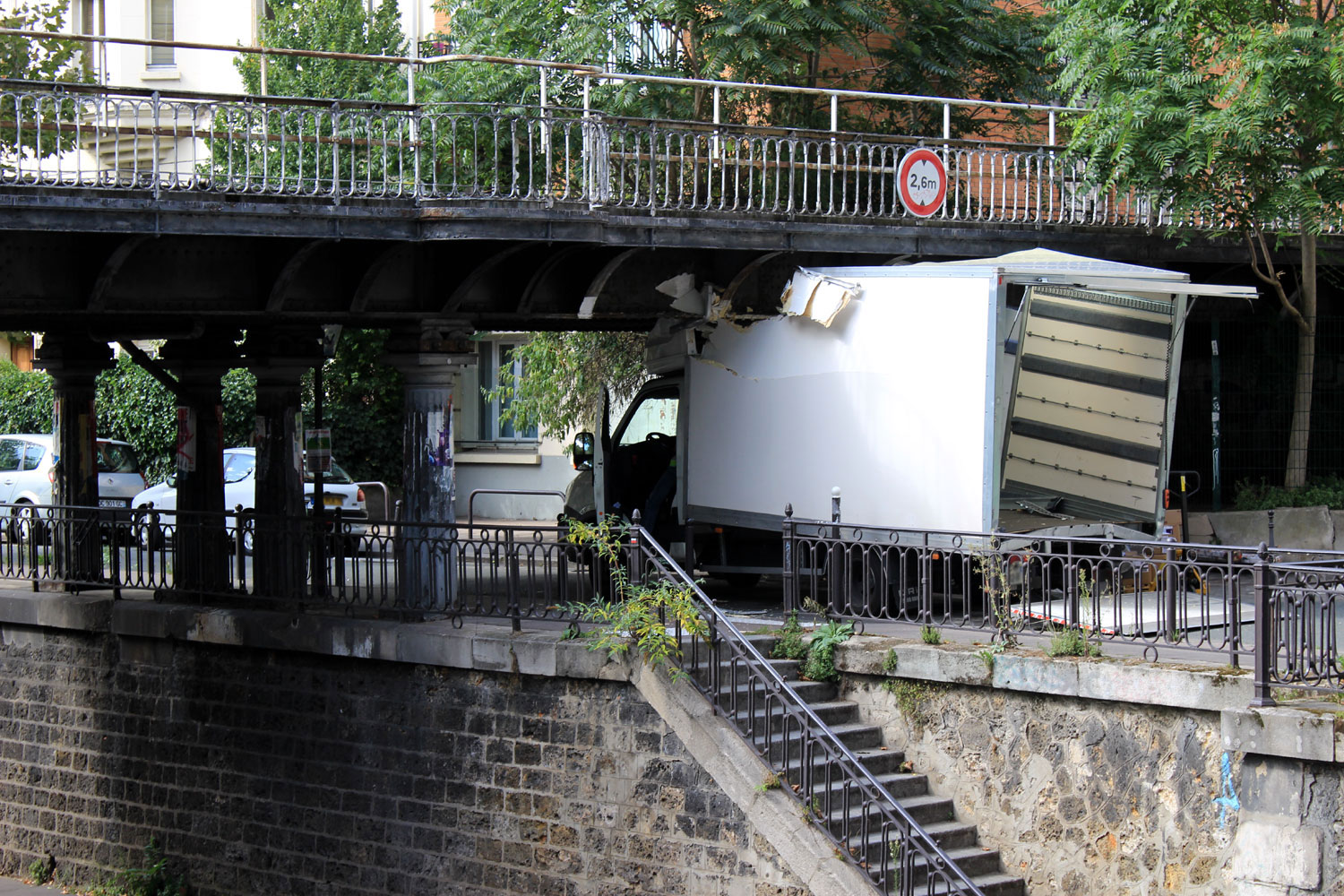
Health & Safety Law (Workplace Transport Safety)
Every year, there are over 5000 accidents involving transport in the workplace. About 50 of these result in people being killed (www.hse.gov.uk/statistics).
The main causes of injury are people falling off vehicles, or being struck or crushed by them.
This guidance has been produced by the Health and Safety Executive (HSE) to help people involved in workplace transport reduce the chances of accidents happening. It is mainly aimed at managers but operators and their safety representatives will also find it useful.
Employers have a legal duty to ensure that the health and safety of their employees, contractors and members of the public are not put at risk because of the work they do. Employees and the self-employed also have a duty to look after their own health and safety and that of anyone who might be affected by their work.
What is workplace transport?
Workplace transport is any activity involving vehicles used in a workplace. Vehicles driven on public roads are excluded, except where the vehicle is being loaded or unloaded on a public road adjacent to a workplace.
Managing workplace transport safety
To manage workplace transport effectively, there are three key areas to consider when carrying out your risk assessment:
SAFE SITE – DESIGN
Segregation
Every site is different and likely to present different hazards and risks. However, a well-designed and maintained site with suitable segregation of vehicles and people will make workplace transport accidents less likely.
In the case of a transport operation where the vehicles and trailers
The most effective way of ensuring pedestrians and vehicles move safely around a workplace is to provide separate pedestrian and vehicle traffic routes. Where possible, there should also be a one-way system as this will reduce the need for vehicles to reverse, and will help pedestrians and drivers
‘Safe site – design’
Safe Site – Design covers the layout of the workplace, for example traffic routes and their maintenance, the positioning and design of pedestrian crossing points, lighting and signage. The main aim of any design should be the segregation of vehicles from pedestrians.
Safe site – activity’
Safe site – activity’ covers activities on a site such as reversing operations, coupling and uncoupling, loading and unloading, tipping and sheeting.
‘Safe vehicle’
‘Safe vehicle’ covers identifying and choosing the most appropriate vehicle for the tasks and environment and the people who will use it, as well as how it will be maintained.
‘Safe driver’
‘Safe driver’ covers the competence and behaviour of those who operate vehicles.
Health and safety law –
As an employer, you must:
Employees and the self-employed also have duties to look after their own health and safety and that of anyone who might be affected by their work.
You must control the risks in your workplace. Risk assessment is about identifying and taking sensible and proportionate measures to control these risks. You are probably already taking steps to protect your employees, but your risk assessment will help you decide whether you should be doing more.
Think about how accidents and ill health could happen and concentrate on real risks – those that are most likely and which will cause the most harm. Monitor your workplace activities involving vehicles (including visiting vehicles) over a reasonable period to build up a clear picture of vehicle and pedestrian traffic movements including, for example, loading and unloading, or collecting waste.
Think about new designs/layouts before they are put in place. Also, think about the effect of any changes in how things are done, eg different types of vehicle, or having to use different or new routes.
Some workers may have particular requirements, for example new and young workers, migrant workers, new or expectant mothers, people with disabilities, temporary workers, contractors and lone workers.
Generally, you need to do everything reasonably practicable to protect people from harm.
More guidance on risk assessment can be found at the page on Risk Assessments within this section.
Source – Health & safety Executive